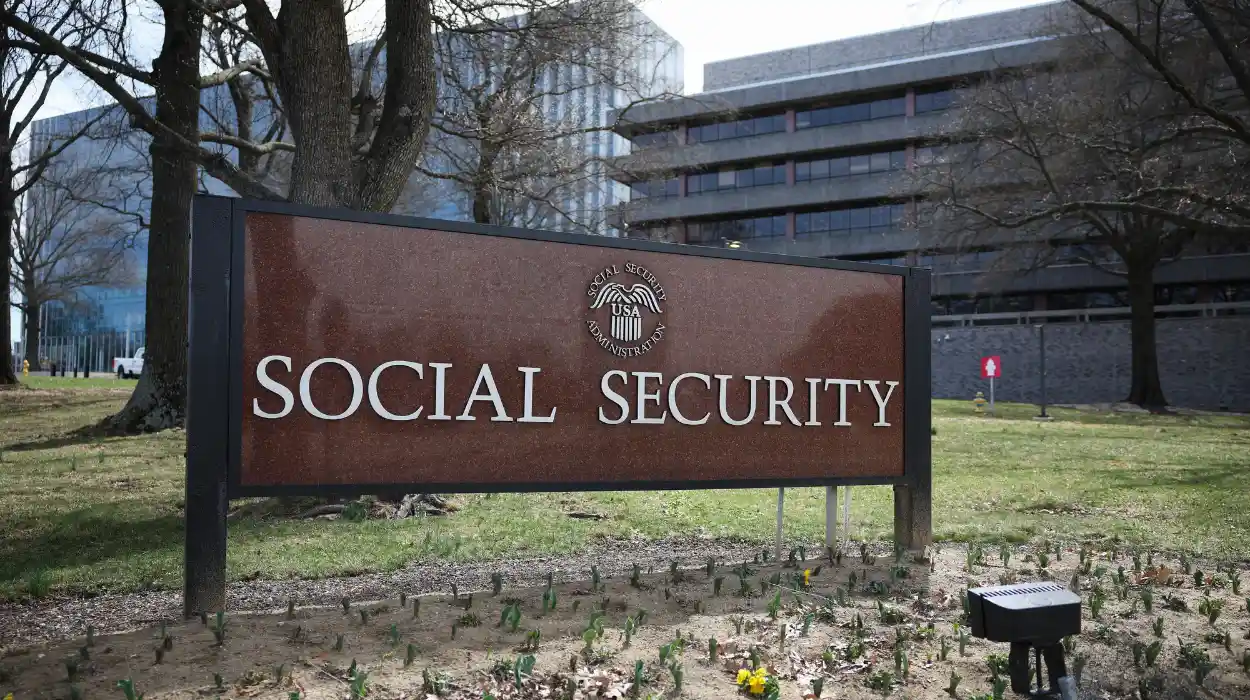In 2025, the Social Security Administration (SSA) introduced radical organizational reforms, as it was part of a wider modernization program in the federal government that would improve service delivery, curb bureaucratic inefficiencies and adapt to future demographic and technological needs. Such reforms involved the shutdown of 120 local SSA field offices and more than 7,000 employees were laid off by attrition and reorganization.
The SSA transformation was guided by budgetary constraints and changing priorities in service delivery with most focus being made on the spread of online and remote platforms of service delivery. The agency was under pressure as the population of social security recipients increased with an average of 1,480 recipients per employee. As a reaction, the SSA hastened the automation process and tried to preserve much needed services to the population. But all of these steps resulted in a plethora of operational and equity issues, especially among older, disabled, and poor beneficiaries.
Impacts On Service Accessibility And Efficiency
One of the pillars of the reorganization process has been the digitalization of the SSA, which aimed at making the organization smoother in terms of processing claims and decreasing the burden on administration. In September 2025, the agency switched completely from non-paper checks to digital disbursement (e.g. direct deposits, prepaid debit cards, etc.). Also, SSA has upgraded its online portal to accommodate such functions as benefits estimation, filing appeals, and updating personal information.
Although these developments brought about accessibility to some people, it posed serious challenges to others. A good part of the beneficiary population specifically older than 70 or in rural localities experience barriers associated with digital literacy, internet access, and disabilities. These people are even less capable of navigating the complicated online systems, and the elimination of the face-to-face services increases the digital divide, leaving many people without the resources to effectively handle the necessary benefits.
Impact On Wait Times And Call Center Operations
Telephone-based services were also influenced by the decline in the field staff. SSA internal data shows that average wait time in call centers had gone up by 22 percent by mid 2025. Although the agency noted technological gains, such as reduced cases of disconnected calls and a moderate increase in first-call resolution rates, the entire user experience was still disappointing to many users having complicated demands.
The customer advocacy organizations state that such metrics cannot tell the human price of long response times, and impersonal services. Exceptionally when it comes to beneficiaries who have appeals, disability assessments, or survivor benefits to take care of, face-to-face interaction (especially direct and compassionate) is something that cannot be automated.
Beneficiary Experiences And Socio-Economic Implications
The social security system can be a lifeline to millions of senior citizens in America. Most of them use just their monthly allowances to sustain them. The reorganization has added to their problems since they now find it difficult to reach out to help. In the rural areas where most offices were closed, it has increased two and even three times the time spent in getting to the closest SSA branch. The incremental cost of transport and logistical challenges slows down claim filing, benefit modification and appeals.
This is further aggravated by language barriers, physical disabilities and low levels of education, which hinders self-service using digital platforms. Certain state-level support programs have intervened to fill the gaps but the differences between jurisdictions will make results different depending on location.
Public Perception And Trust In SSA
There is a division of the opinion of the people regarding the SSA restructuring. There are users who are pleased by faster internet services and less paper work associated hassles, especially in the middle-aged beneficiaries who are tech-savvy. But in July 2025, surveys by the National Council on Aging revealed 58% of those above 65 years old found the changes negative, citing a lack of assistance, impersonal service, and lack of understanding of digital processes.
Reliability, fairness and accessibility are the aspects of perception that determine the level of trust in the public institutions, particularly those dealing with life sustaining benefits. The restructuring initiative needs to strike a balance: it should be aimed at modernizing the agency, but at the same time, should avoid sacrificing the vulnerable population which the agency is meant to serve.
Fiscal And Policy Considerations In Ongoing Reforms
The Trump administration has championed the SSA restructuring as a means of realignment that is required to be financially viable and also to modernize services. In a speech to the Social Policy Council, in March 2025, President Trump called the changes a future-oriented reform to strengthen, make Social Security faster, and more secure. The administration also increased the pay roll tax limit, a move that is expected to last the eight years program and still maintain the monthly benefits.
Proponents believe that digital modernization was many years overdue and that sticking with legacy systems would have had unsustainable costs. They cite greater cybersecurity, fewer frauds and smoother operations as reasons why the SSA is setting itself up to achieve long-term efficiency.
Social Costs And Policy Debates
Critics however point out that nobody can save money at the cost of fair service. Such organizations like the Center on Budget and Policy Priorities have sounded the alarm over the unfair distributions to the low-income and disabled communities. The reform will result in the creation of two classes of service one that is digitally fluent and one that is left behind without adequate investment in the concept of transitional support which can be in-home visits, multilingual assistance or increased phone consultations.
The policy of SSA in the future should consider the demographic facts as well as the morality of providing services. An effective safety net cannot be based on efficiency performance only, but rather on care and availability. This reestablishment is key to maintaining the confidence of the people in an agency that has a direct influence on the financial stability of more than 70 million Americans.
This individual has opined on the subject: Social policy analyst Beckett Unite wrote on social media the SSA needs to move towards automation as a measure, but fiscal necessity but must also focus on the human element that millions of beneficiaries need every day.
Total destruction and devastation after another Israeli 🇮🇱 atrocity
— Howard Beckett (@BeckettUnite) December 7, 2024
At least 20 Palestinians murdered after an Israeli 🇮🇱 airstrike in the Nuseirat refugee camp in central Gaza 🇵🇸 yesterday
Bombs dropped by Netanyahu, supplied by Biden 🇺🇸 & Starmer 🇬🇧pic.twitter.com/0HMr32EbHH
Navigating The Balance Between Innovation And Equity
The reorganization of the Social Security Administration in the year 2025 is an example of how the overall public institutions are disadvantaged in the digital age. As the agency continues to advance with automation and optimization of resources, it should be careful not to lose inclusiveness. Technological breakthroughs have the ability to bring efficiency but unless there are measures to prevent it, there is a danger of marginalizing the same people that the system is designed to assist.
This change of direction raises bigger questions: How is it possible to maintain human dignity in digital public services? What should be put in place to make it equal access in a fast-moving service environment? With SSA reforms still being implemented, their effect will probably influence the way in which the relationship between government innovativeness and social responsibility will be perceived by the upcoming generations.





